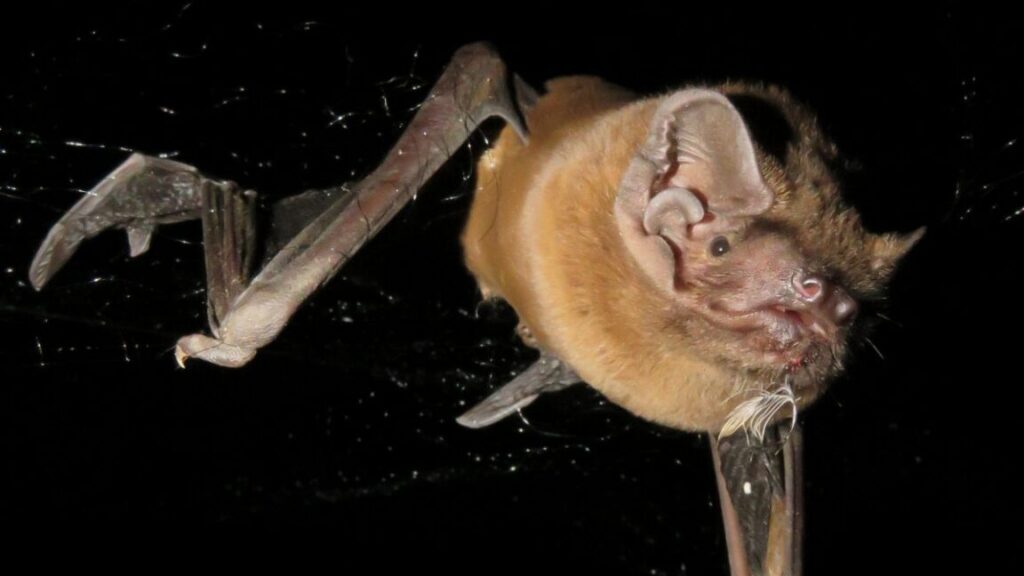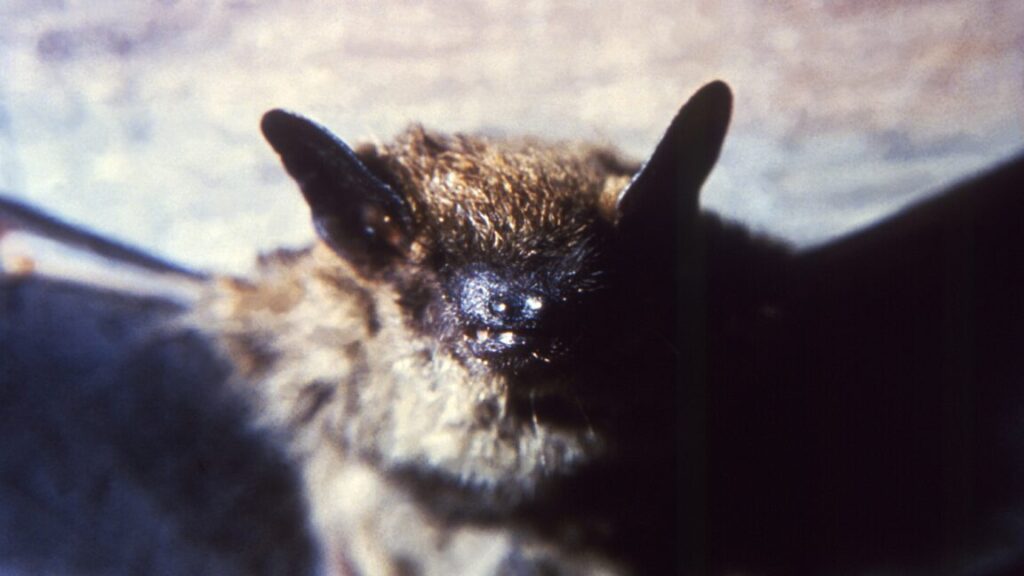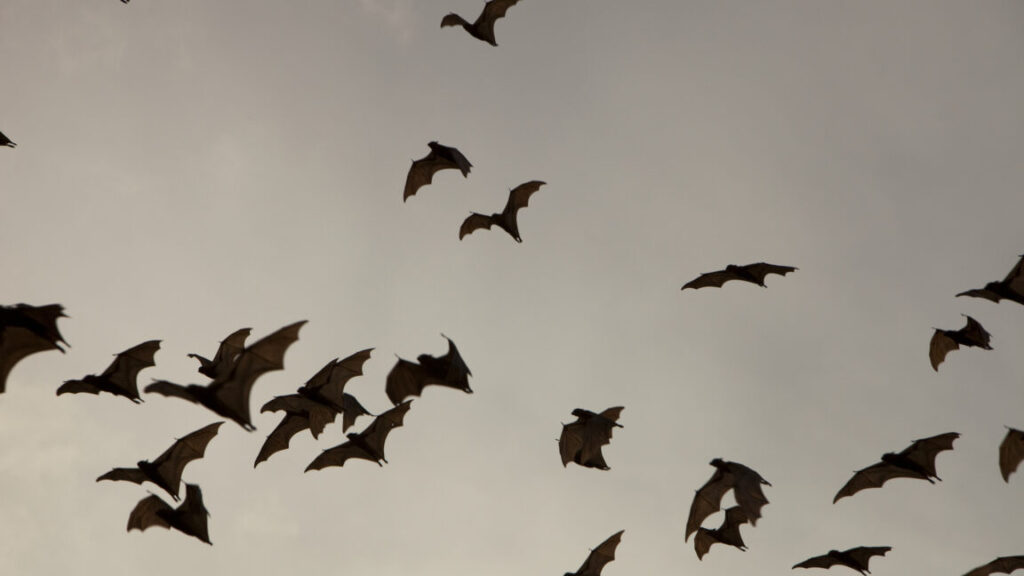Bats eat the birds they pluck from the sky while on the wing
There are three species of bats that eat birds. We know that because we have found feathers and other avian remains in their feces. What we didn’t know was how exactly they hunt birds, which are quite a bit heavier, faster, and stronger than the insects bats usually dine on.
To find out, Elena Tena, a biologist at Doñana Biological Station in Seville, Spain, and her colleagues attached ultra-light sensors to Nyctalus Iasiopterus, the largest bats in Europe. What they found was jaw-droppingly brutal.
Inconspicuous interceptors
Nyctalus Iasiopterus, otherwise known as greater noctule bats, have a wingspan of about 45 centimeters. They have reddish-brown or chestnut fur with a slightly paler underside, and usually weigh around 40 to 60 grams. Despite that minimal weight, they are the largest of the three bat species known to eat birds, so the key challenge in getting a glimpse into the way they hunt was finding sensors light enough to not impede the bats’ flight.
Cameras, which are the usual go-to sensor, were out of the question. “Bats hunt at night, so you’d need night vision cameras, which together with batteries are too heavy for a bat to carry. Our sensors had to weigh below 10 percent of the weight of the bat—four to six grams,” Tena explained.
Tena and her team explored several alternative approaches throughout the last decade, including watching the bats from the ground or using military-grade radars. But even then, catching the hunting bats red-handed remained impossible.
In recent years, the technology and miniaturization finally caught up with Tena’s needs, and the team found the right sensors for the job and attached them to 14 greater noctule bats over the course of two years. The tags used in the study weighed around four grams, could run for several hours, and registered sound, altitude, and acceleration. This gave Tena and her colleagues a detailed picture of the bats’ behavior in the night sky. The recordings included both ambient environmental sounds and the ultra-frequency bursts bats use for echolocation. Combining altitude with accelerometer readouts enabled scientists to trace the bats’ movements through all their fast-paced turns, dives, and maneuvers.
Bats eat the birds they pluck from the sky while on the wing Read More »


